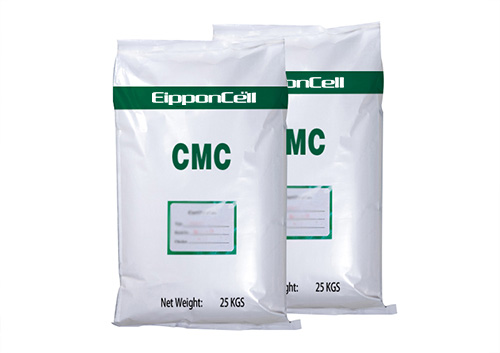Carboxymethylcellulose (CMC) is a cellulose derivative that can be modified to produce different forms, including sodium carboxymethylcellulose (NaCMC). The primary difference lies in the cation associated with the carboxymethyl groups. Here’s a breakdown of the two:
- Carboxymethylcellulose (CMC):
- CMC is the general term for the cellulose derivative where carboxymethyl groups are introduced onto the cellulose backbone. This can be achieved by reacting cellulose with chloroacetic acid in the presence of sodium hydroxide. The resulting product is CMC.
- Sodium Carboxymethylcellulose (NaCMC):
- Sodium carboxymethylcellulose is a specific form of CMC where the cation associated with the carboxymethyl groups is sodium (Na+). During the production process, sodium hydroxide is commonly used as the alkali source. NaCMC is water-soluble and is often used in various applications due to its solubility and stability in aqueous solutions.
In summary, the primary distinction between CMC and NaCMC is the cation associated with the carboxymethyl groups. CMC is a more general term for the cellulose derivative with carboxymethyl groups, while NaCMC specifically refers to the sodium salt form of carboxymethylcellulose. Sodium CMC is a widely used and versatile form of CMC, especially in applications where water solubility and stability are essential.


